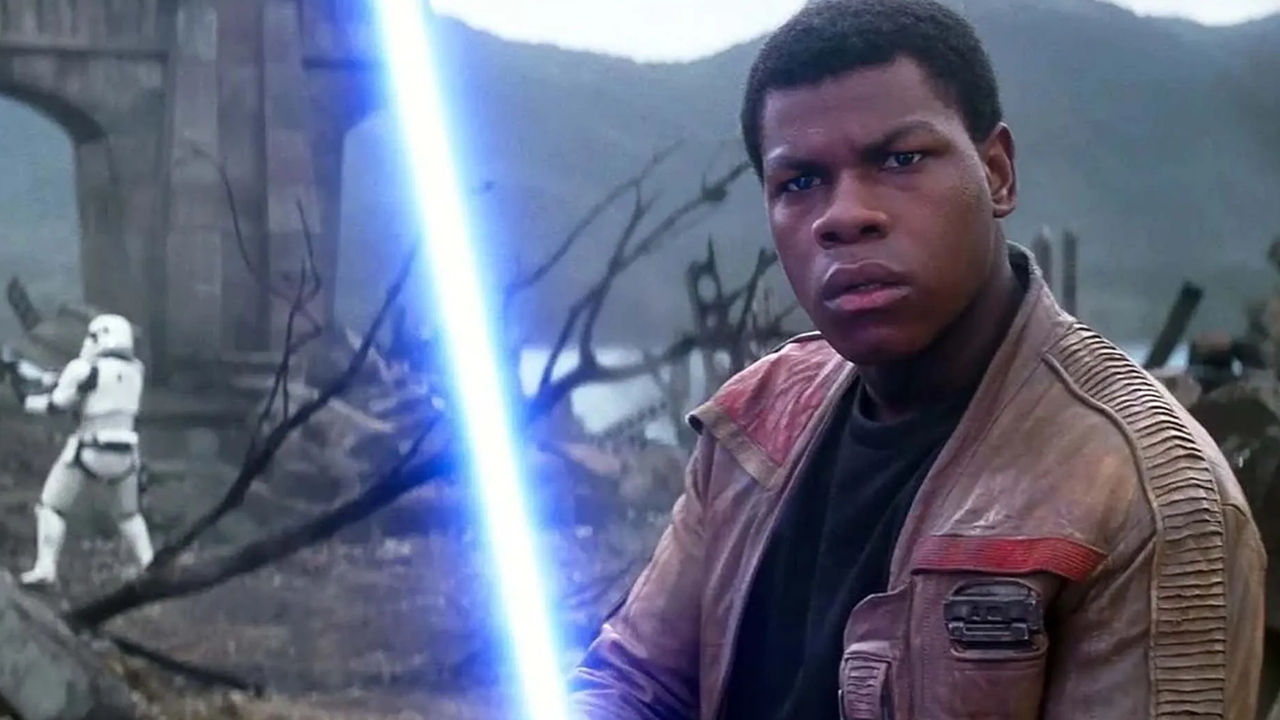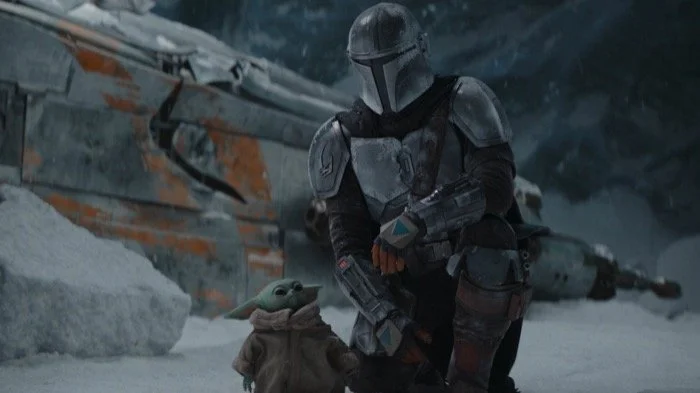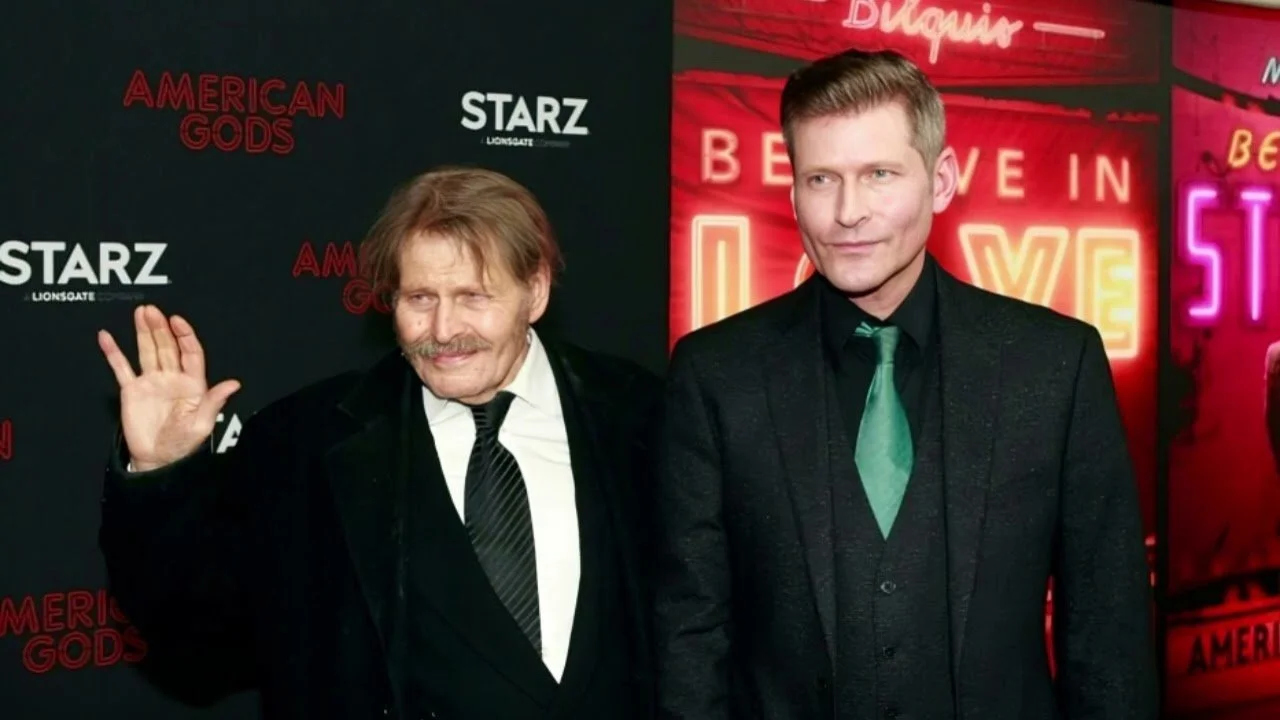How ‘Star Wars' And 'Star Trek' Have Seemingly Benefitted From One Another
Image Source: Bandai/Namco
It would probably be an understatement to say Star Wars and Star Trek have a long-simmering inter-fandom rivalry. In many respects, these two franchises seem to occupy opposing poles on the science fiction spectrum: the epic romanticism of Star Wars versus the enlightened humanism of Star Trek. The former is operatic in its scope, invested with themes of heroism and mysticism, good versus evil, and light versus dark. The latter is concerned with reason, science, and challenging ethical dilemmas.
Yet despite the contrasts, both series have a great deal of history in common, stretching as far back as shared inspiration from the pulp science fiction of the 30s and 50s, the respective childhood years of creators Gene Roddenberry and George Lucas. In the 2010 documentary Trek Nation, Lucas even spoke of attending Trek conventions in his youth.
RELATED:
For a more recent example of franchise syncretism in action, one can look to the recently aired first season of Star Trek: Prodigy, which has received enthusiastic praise from audiences and critics alike. While Prodigy demonstrates fidelity to the classic Trek spirit of exploration, cooperation, and humanitarianism, it takes several cues from Star Wars media. The stylish 3D animation certainly bears some aesthetic resemblance to that used in shows such as The Clone Wars, Rebels, or The Bad Batch, but similarities run more than skin deep. The complicated and antagonistic familial bond between Gwyndala and her father, the tyrannical Diviner, would fit in comfortably at a Skywalker family reunion. Similarly, the recurring villain Drednok evokes hints of Darth Vader and General Grievous in his visual design and effortlessly intimidating screen presence.
Prodigy is hardly Trek’s first foray into more serialized storytelling. While both Star Trek: Discovery and Picard have dabbled in seasonal story arcs, the franchise first stepped away from its original standalone episodic format in the seminal Deep Space 9, which remains a high watermark in the minds of many fans nearly twenty-five years after going off the air. While at the time controversial among fans of The Next Generation and The Original Series, this then-radical change of narrative style allowed the show to step outside the shadow of its predecessors and tell a galactic war epic on par with Lucas’ original trilogy, and one that pushed the boundaries of contemporary practical effects to portray its battles. These sequences included contributions from artists at Industrial Light & Magic, the legendary production studio founded by George Lucas himself, whose artists have worked extensively on various pieces of both franchises.
Crucially, DS9’s experiment with serialization was not just innovative for a Trek show but had a far-reaching impact on serialized television in general. Deep Space 9 was a pioneer in moving the medium towards a more long-form dramatic footing. Without its influence, we might not have the media landscape to accommodate shows like The Mandalorian or Andor today.
Image Source: ABC7 Chicago
It would be impossible to fully illustrate how Star Wars and Star Trek have overlapped, intersected, and influenced one another over the decades through cooperation and competition. As the two biggest juggernauts on the proverbial sci-fi block, it would be essentially impossible for their relationship not to be interdependent, and so has it ever been: between mutual inspirations, the ingenious effects work of ILM, shared cast members such as George Takei (who voiced Lok Durd on Clone Wars) or producers such as JJ Abrams (who has creatively helmed recent entries in both franchises) or the more subtle push and pull of how each has influenced the kinds of stories that the other tells, it’s fair to say that Star Wars and Star Trek are as much in sync as they are at odds.
READ NEXT:
Source: Trek Nation














